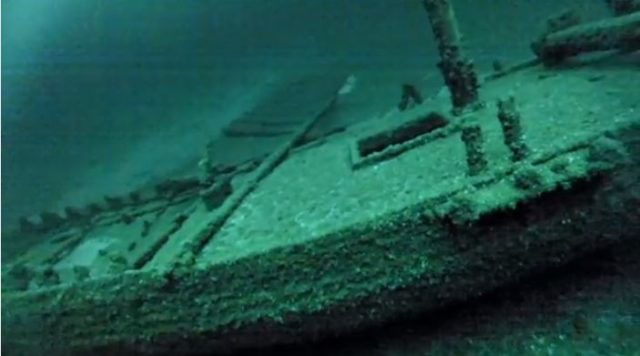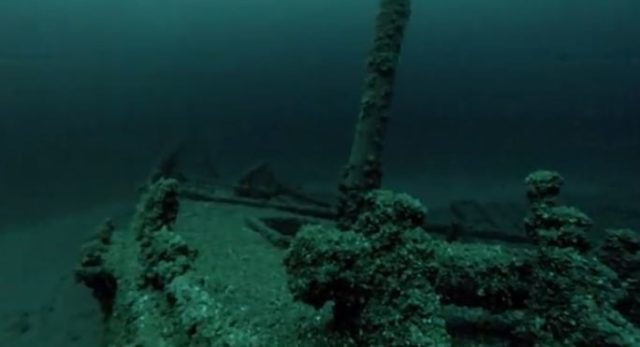A Canadian boat was cruising through Lake Ontario in 1868 transporting almost three hundred tons of railroad iron. After it got caught up in a storm, the iron on the ship shifted and ruptured the ship at the seam. The ship disappeared into the depths of Fair Haven.
The sailors on the boat made it safely to an escape boat during that intense August day. 150 years later, explorers unearthed the schooner off the central New York shoreline a couple dozen miles outside of Syracuse.

The bow of the shipwreck of Royal Albert was found by using side-scan sonar technology. Explorers discovered the old-school vessel during a mid-June afternoon. Videos from a remote control vehicle aided the underwater explorers in finding the shipwreck.

This discovery was the first two-masted boat ever to have been revealed around the beautiful yet dangerous Fair Haven. The schooner was built in 1858 and had a full decade of service before it departed Oswego on August 9th, 1968, on what is now known as its last expedition.
Little did the sailors know, they were sailing into the destruction of their beloved ship. Sadly, the Royal Albert made it a couple of miles west into its trek when lake conditions took a turn for the worst. As already stated, the cargo twisted and broke apart the hull. The crew barely made it safely to tell the tale of the lost iron. Footage of the wreck showed that both of the masts have tumbled over and collapsed, and the railroad pieces can be seen around the wreckage site.
The New York-based team of explorers that were responsible for the discovery of the shipwreck have found their fair share of discoveries around Lake Ontario. Even though the railroad wreck isn’t the most famous or useful shipwreck found off the shoreline, this gem showcases the shipping and transportation methods of the 1800s across the post-Civil War era.
Heavier commodities couldn’t be shipped through canals, so Lake Ontario was a favorite source of transportation for businesses and goods across the iconic Great Lakes. The Great Lakes area is also known as the fourth coastline and is has kept up its tradition of shipments and business transactions.
The Great Lakes are now the home of the famous United States and Canadian Flag fleets, dozens of warships and barge units. Coal, salt, Iron, cement, grains and limestone are still carried to this day. Every year, over one hundred million tons of valuable goods is transported out of the United States’ favorite shipping route!
